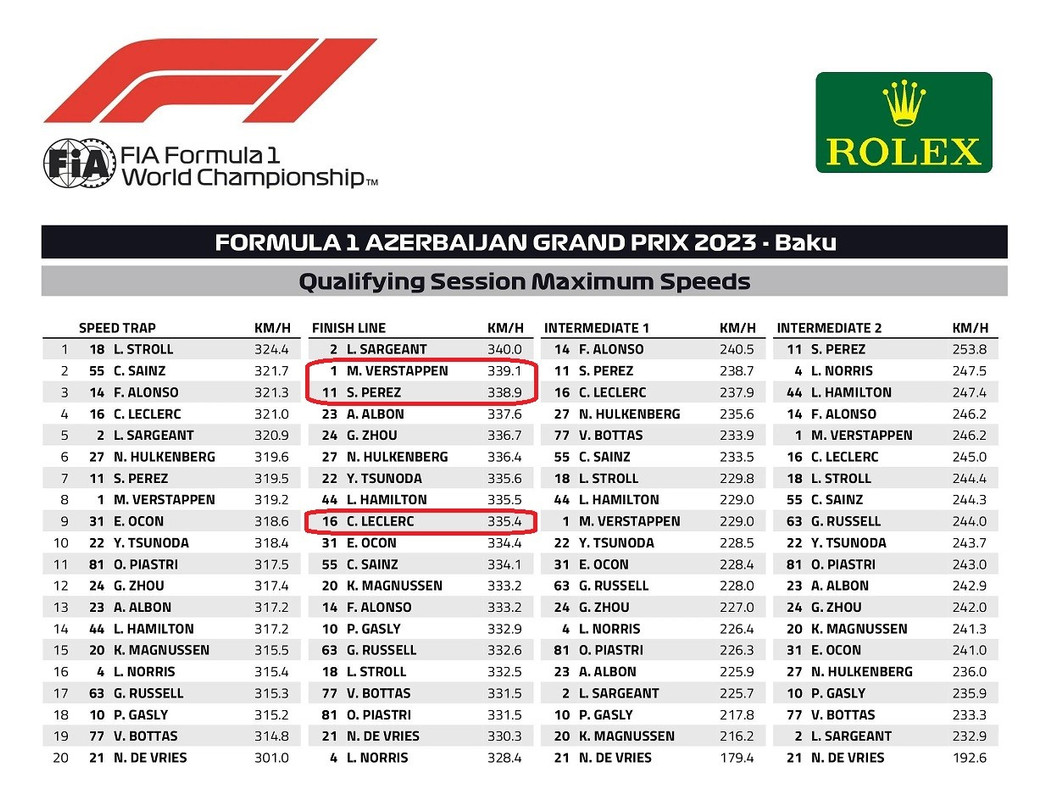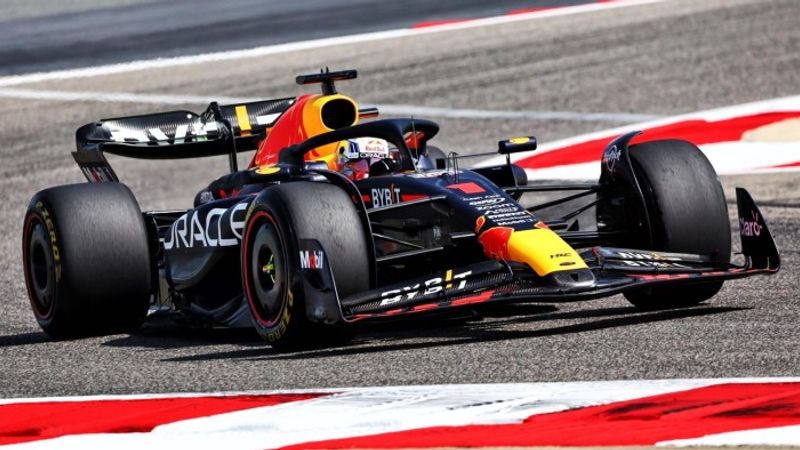Formula 1 season 2023 so far - 4 races, 4 wins for Red Bull, 3 of which were 1-2. Mighty impressive performances of both Red Bull drivers and, most of all - the RB19 F1 car. Naturally, there has been a lot of talk of all the possible and impossible solutions providing RB19 with various advantages over the competition. However, there is very little specifics and, more importantly - very little facts.
In this Article Series, we’ll have a look at actual differences in RB19 design compared to its competitors and evaluate those that can bring an actual competitive advantage. While F1 world is surrounded with speculation about technical details of the cars, we’ll stick to facts and offer context and interpretation of several distinct features of the RB19 car.

Advantage - RB19
During 2022 F1 season, RB19’s predecessor - the championship winning RB18 - showed several distinct features that RB19 kept and further perfected. There are also features where the two cars are different and this may suggest a change in concept of specific elements of the car. Nevertheless, the core advantages of both cars remain mostly the same:
- excellent top speed capabilities, especially with DRS flap open
- excellent aerodynamic load - downforce
- physics-defying chassis cornering stability, a so called stable aero platform
- long tyre life in the race
- very good reliability
High on Downforce, Low on Drag

Red Bull will have been in F1 for 20 years in 2024 and, since 2009, they proved they are at the very top of the game when it comes to the downforce - the aerodynamic load generated by a moving car, transferred to the wheels to provide additional grip and speed while cornering. It was no surprise that RB18 and RB19 excell in this regard, although it is surprising to see how big of an advantage they have on straights.
This was a sore point in the Vettel-Red Bull domination era in F1, racking up 4 titles between 2010 and 2013. We will examine this feature with great attention in the following Article and bust a few myths along the way (especially the notorious “triple-DRS” drivel). In many ways, however low-drag the chassis is, it must be said it would be nowhere on these charts without the powerful Honda Power Unit driving the Red Bull cars.
Super-stable in the Corners

With 2022 technical rules, F1 brought back the ground-effect floor, replacing flat floors introduced and mandated since the early 80s. This changed everything for the teams and is considered the single biggest technical overhaul in Formula 1’s 73-year-long history. What changed the most is the aerodynamic features of the floor, since adding specific profiles and curves is allowed again in a bid to improve the car performance while cornering and reduce aerodynamic sensitivity while following another car.
These floors now work best as low to the ground as possible, which is completely the opposite of how Red Bull has been designing and running its cars since 2009. Until 2022, Red Bull cars featured a raised rear end - a so-called rake - giving the car very distinct look, almost like it dives under braking even while standing still. This has been adopted by almost every team by the end of 2021 season. Another major difference is the roll stability, which is much greater on all cars since 2022 and RB19 is especially impressive in that regard. Previous generation of cars didn’t require so much suspension stiffness, best observed on the following image. Clearly, RB19 features an excellent suspension design and as a result the tyre life in the race is excellent as well. This is very important for many years in modern F1, since an extra pit stop can lose you more than 20 seconds and valuable track position.
Reliability of RB18 wasn’t bulletproof, but it was very good. In 4 races in 2023, both Red Bull cars finished every race and 3 times both cars were on podium too, so reliability is excellent so far. Since overall car reliability depends mostly on Power Unit and gearbox reliability, we will not be examining this feature in details since we have no clear information nor decent images of Honda PU and Red Bull gearbox design details. The RB19 design features we’ll be looking at especially in following Articles are
-
rear wing and DRS design, along with overall chassis drag analysis
-
RB18 underfloor design and the few visual differences on RB19 we got to see so far
-
suspension design and a few very interesting design solutions
-
overall integration between suspension and aerodynamic design
Stay tuned for more!
Do check out our website for more such analysis: https://www.f1dataanalytics.com/
check out our discord server: https://discord.gg/s6vcGC2G4s
Also, do follow us on Instagram and Twitter: @f1_datanalytics

About Vanja Hasanović
Loves motorsport and all things flying #AeroGimli

